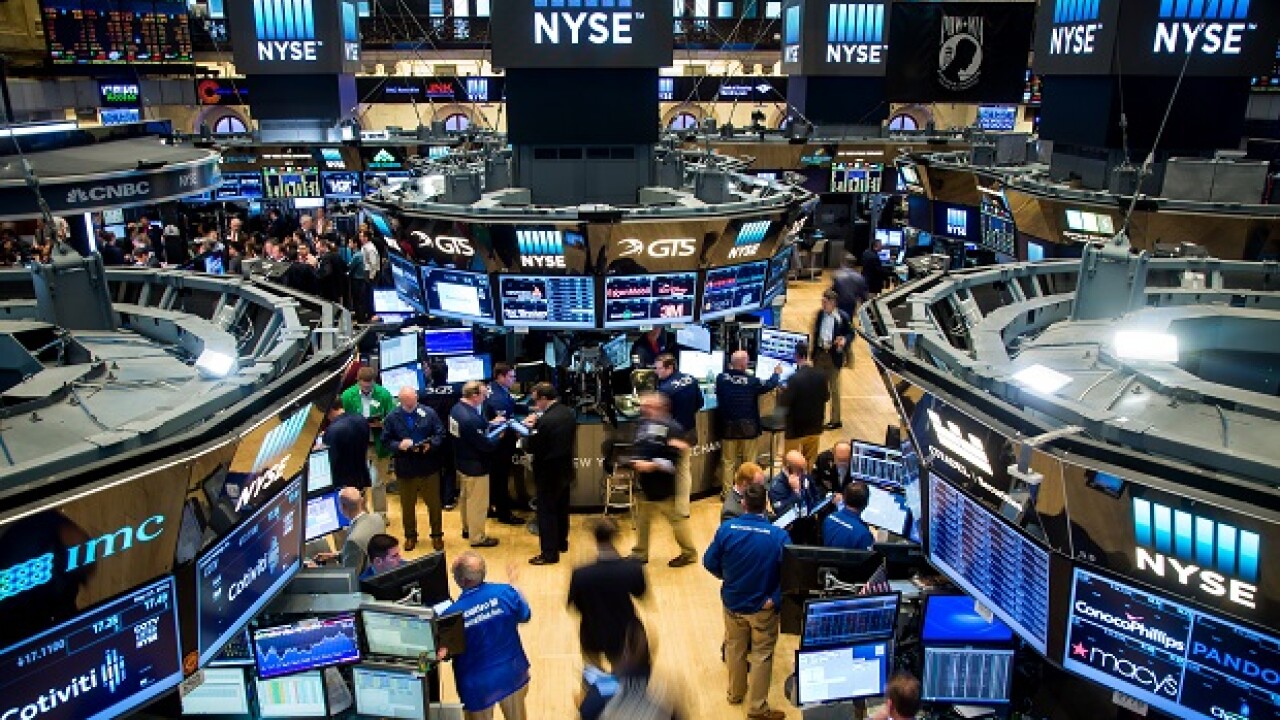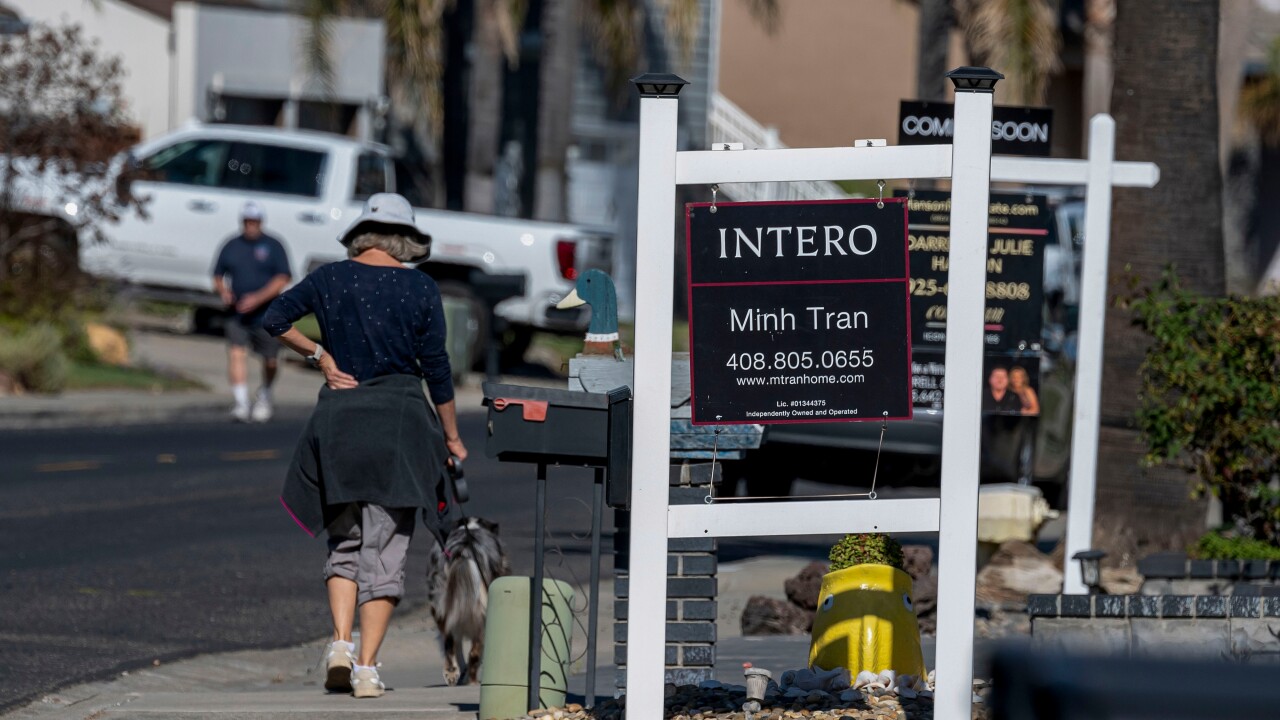
Federal Reserve Chair Jerome Powell said the central bank still has "a long way to go" in its
Speaking at the Federal Reserve Bank of Kansas City's annual Jackson Hole Economic Policy Symposium on Friday morning, Powell acknowledged the
"We are prepared to raise rates further if appropriate, and intend to hold policy at a restrictive level until we are confident that inflation is moving sustainably down toward our objective," Powell said.
Powell made little mention of the banking sector in the much anticipated remarks, but noted that lending standards have tightened and loan growth has slowed sharply, contributing to the progress made in curbing inflation. This trend has been noted among both banks and nonbanks, with declining net issuance of high-risk products, such as leveraged loans and speculative-grade and unrated corporate bonds.
Interest rate-sensitive activities, such as home and auto lending, have
Overall, headline inflation has tumbled from a peak of 7% in June 2022 to 3.3% last month. However, core PCE inflation — the Fed's preferred measure of price growth, which factors out volatile commodities such as food and energy — has seen less movement, declining from a 5.4% high in February 2022 to 4.3%.
While the past two months have seen marked declines in price growth — a trend that has spurred optimism for a so-called soft landing, in which price stability is restored without tipping the economy into a recession — Powell said two months of clear progress are not enough to declare victory.
"The lower monthly readings for core inflation in June and July were welcome, but two months of good data are only the beginning of what it will take to build confidence that inflation is moving down sustainably toward our goal," he said. "We can't yet know the extent to which these lower readings will continue or where underlying inflation will settle over coming quarters. Twelve-month core inflation is still elevated, and there is substantial further ground to cover to get back to price stability."
These comments feed mounting sentiment among financial market participants that higher interest rates could become a long-term fixture as the Fed looks to tamp down a resilient economy. This belief fueled a run-up in yields on 10-year Treasury bonds, which surged to their highest levels since November 2007. Rising yields on the 10-year typically indicate confidence in the U.S. economy, but in this case, that confidence also belies a belief that cooling the economy will be a protracted process.
Powell pointed to higher than expected gross domestic product and consumer spending as signs that the economy is not absorbing tighter monetary policy as expected. Similarly, he said the labor market has remained unusually strong, with the employment rate remaining steadily low despite fewer job openings.
If this above-trend economic growth continues, he said, the Fed would be more likely to consider further rate increases.
Powell reiterated that the Fed's goal will remain 2%, though as he has stated before, the intention is not to maintain a restrictive monetary policy stance until that point is reached. Instead, the Fed will aim to lower rates as the economy nears the 2% target. But, Powell said, identifying when exactly to start that process is elusive and comes with its own set of risks.
Some economists have been warning for months that the Fed has already boosted rates too high and done so too quickly, arguing that the lagging effects of tighter monetary policy are bound to show up sooner or later, with potentially disastrous effects. Some have said the string of bank failures that occurred earlier this year
Powell addressed these concerns, saying the lagging effects of higher rates have not been fully realized. In the past, he has said the Fed would rather err on the side of tightening monetary policy too much, because the solution to that issue — cutting rates — is easier to implement than attempting to raise rates again after cutting too soon.
For now, Powell said, the focus is on balancing both sets of risks carefully.
"These uncertainties, both old and new, complicate our task of balancing the risk of tightening monetary policy too much against the risk of tightening too little," he said. "Doing too little could allow above-target inflation to become entrenched and ultimately require monetary policy to wring more persistent inflation from the economy at a high cost to employment. Doing too much could also do unnecessary harm to the economy."






